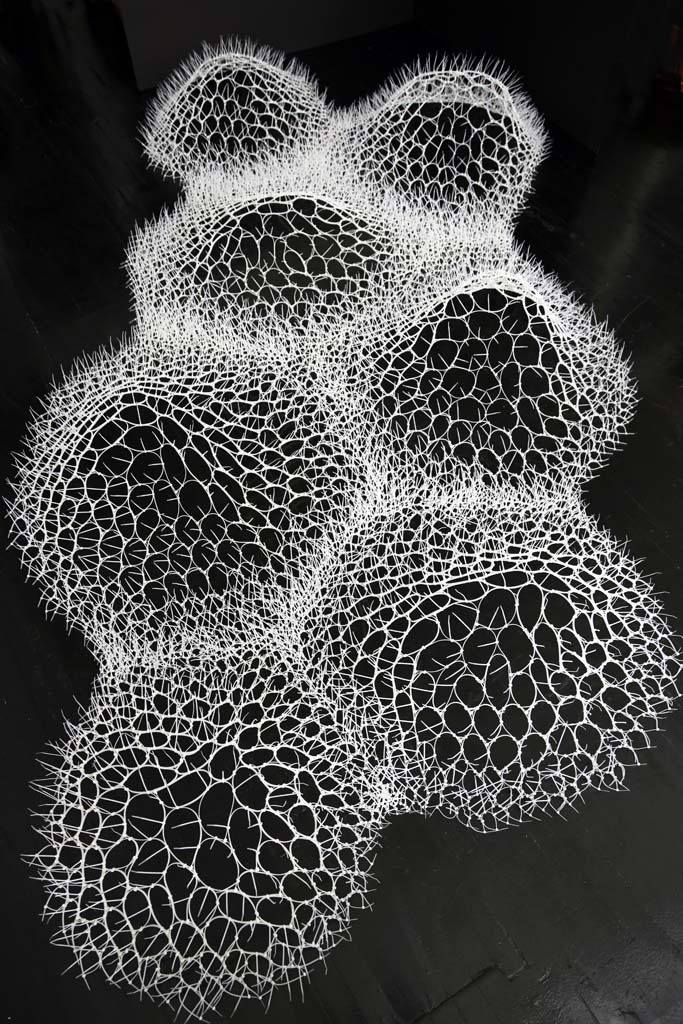
Ying Gao
2526
Polymorphic Robotic Garments
2526 refers to the number of hours invested in the creation of the two polymorphic robotic garments, from ideation to the finish, from the first line of drawing to the last stitch. The two polymorphic outfits of the 2 5 2 6 project are very real: woven, hand-screened, and consolidated materials have been specially designed to create these clothes. They are not virtual at all. However, they simulate the effects of virtual clothing: a surreal undulation generates a play of volume and transparency; their polymorphic movement, as well as their reflectivity, are results of an entirely new flexible material that combines glass, precious metals and silicone.









